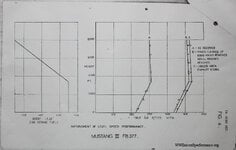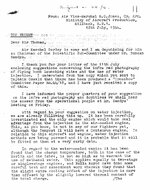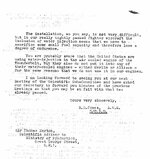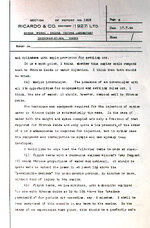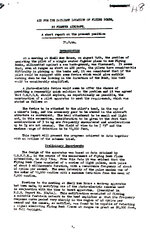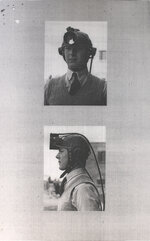BarnOwlLover
Staff Sergeant
I'm trying to figure out what mods/changes the RAF used on the Mustang IIIs (and maybe IVs?) that were used to intercept V1 flying bombs. Other than running 25 lbs of supercharger boost, what other changes were made to boost performance? I do believe that 25 lbs of boost was equal to 80 in/Hg, which is what the V-1650-9 in the P-51H used (along with 90 in/Hg, which I thing equated to 30 lbs of boost).

